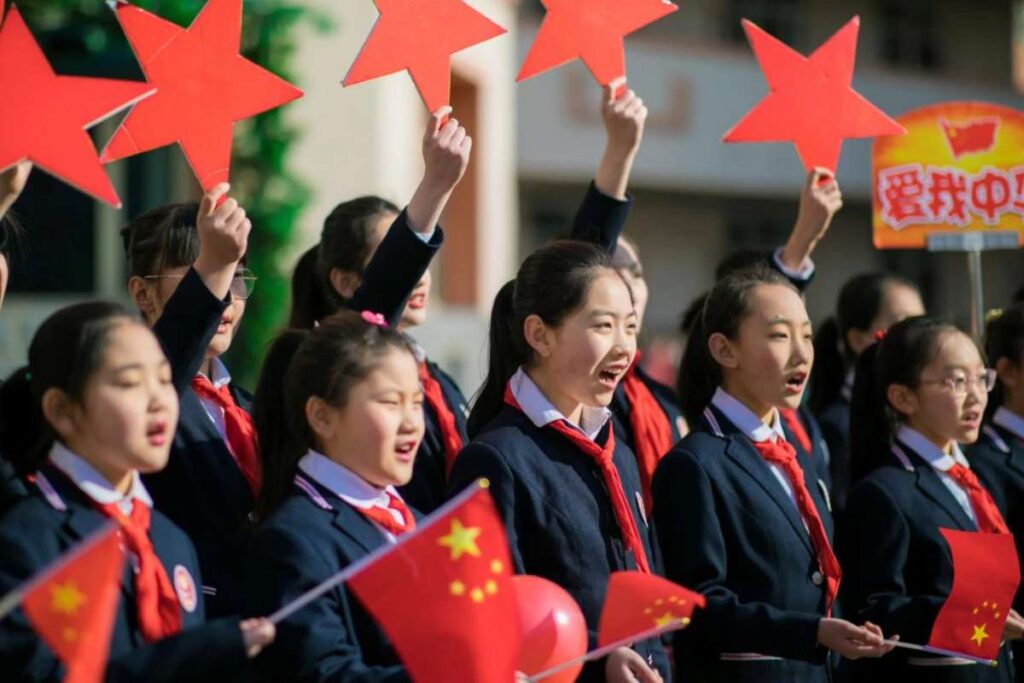A Vision for Internationalization and Digital Transformation
On January 19, the CPC Central Committee issued a comprehensive blueprint focused on enhancing the global impact of Chinese education through strategies of internationalization and digitization. The blueprint emphasizes fostering academic exchanges, promoting educational cooperation, and boosting research initiatives worldwide. As part of this effort, Vice Minister of Education Wu Yan announced at a September 2024 press conference plans to launch 800 international summer school projects over the next five years.
Additionally, China aims to expand youth exchange programs, inviting 50,000 American teenagers to China over the next five years and 10,000 French youth within three years. The blueprint highlights the CPC’s commitment to advancing global academic collaboration, hosting significant international research projects, and actively participating in global education governance. Chinese institutions are encouraged to form academic alliances, particularly in STEM fields, and deepen ties with organizations like UNESCO to further these goals.
Diplomatic Overtones Amid Changing US-China Relations
The release of the education blueprint coincided with significant political developments, including the inauguration of Donald Trump’s second presidential term. Experts note that the evolving dynamic between the US and China will greatly influence the internationalization of Chinese education. Trump’s softened rhetoric post-election, including statements about “getting along well” with China and solving global issues collaboratively, signals potential shifts in bilateral relations.
Notably, President Xi Jinping responded to Trump’s invitation to attend the inauguration, a rare gesture for a traditionally domestic event, by sending Vice President Han Zheng. Analysts view this as China’s willingness to maintain open dialogue. However, the declining number of Chinese students enrolling in US institutions since 2020 reflects ongoing political tensions and a growing preference for studying in Asia.
Balancing Domestic Challenges and Overseas Opportunities
China’s education blueprint also addresses domestic challenges that influence the push for internationalization. With limited access to higher education in China and intense competition for university spots, families increasingly consider overseas education as an alternative pathway. According to Mingze Sang, director of BOSSA, dissatisfaction with the current education system and a sluggish job market have driven demand for programs offering work experience and post-graduation employment opportunities.
David Weeks, CEO of Sunrise International, noted that middle-class families, who form the bulk of outbound students, are influenced by China’s economic conditions. He highlighted the need for overseas institutions to promote employability and career development to attract Chinese students. This aligns with China’s broader strategy to modernize its education system by 2035, making it more globally competitive and addressing the dissatisfaction among its citizens.
The blueprint’s release underscores China’s ambition to strengthen its global educational footprint while addressing domestic challenges, reflecting a vision to position itself as a leading player in international education.

